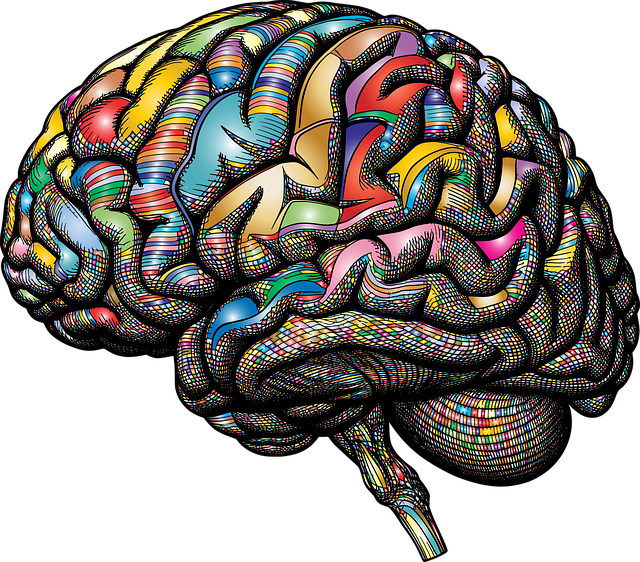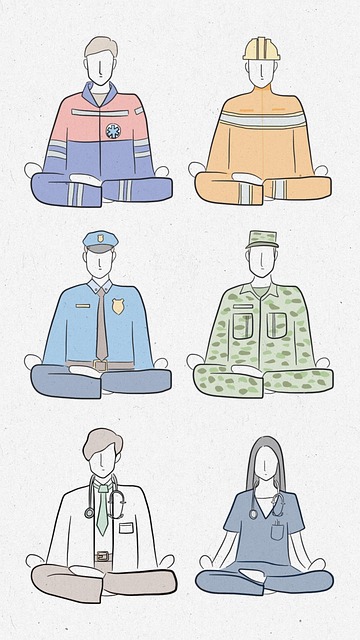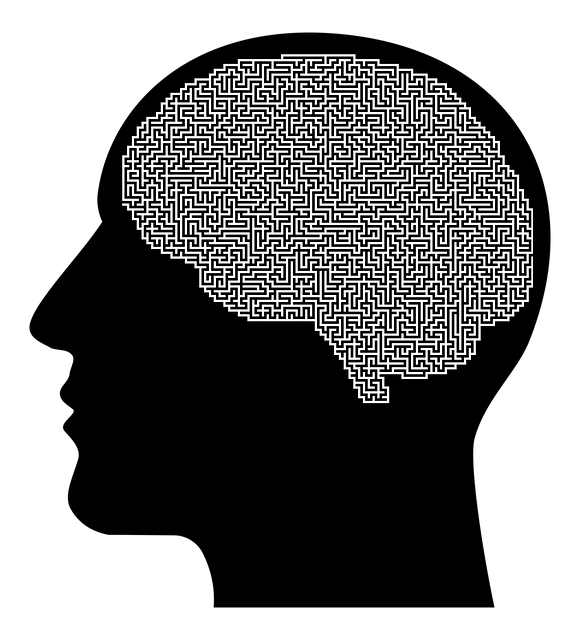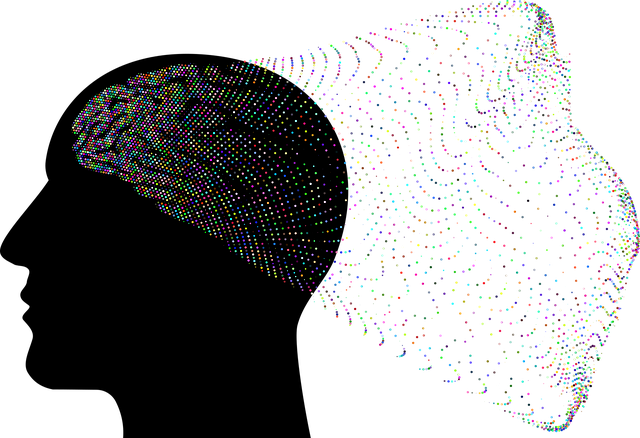Greenwood Village Adolescent and Teen Therapy (GVAT) tackles the significant impact of mental health stigma on young people's well-being through innovative programs. By offering self-awareness exercises, journaling, and public campaigns, GVAT creates safe spaces for teens to discuss mental health openly without fear of judgment. Their comprehensive approach includes mood management, self-esteem improvement, and education workshops, empowering adolescents to understand and advocate for their mental wellness while fostering a supportive community.
Mental illness stigma remains a significant barrier to seeking treatment, with adolescents and teens particularly vulnerable. This article delves into the profound impact of stigma on mental health and explores strategies to reduce it among young people. We highlight effective initiatives like Greenwood Village Adolescent and Teen Therapy, offering tailored support and fostering understanding to create a more inclusive environment for those struggling with their mental well-being.
- Understanding Stigma and Its Impact on Mental Health
- Strategies for Reducing Stigma in Adolescent and Teen Populations
- Greenwood Village Adolescent and Teen Therapy: A Case Study in Effective Stigma Reduction Initiatives
Understanding Stigma and Its Impact on Mental Health

Stigma surrounding mental illness can have profound effects on individuals’ well-being and recovery journeys. It often manifests as negative attitudes, beliefs, and stereotypes about people experiencing psychological disorders, leading to discrimination and social exclusion. This stigma can deter those in need from seeking help, causing them to suffer in silence. For adolescents and teenagers, the impact is especially significant. They might feel ashamed or embarrassed, fearing judgment from peers and authority figures, which can hinder their willingness to open up about their struggles.
Greenwood Village Adolescent and Teen Therapy emphasizes the importance of understanding and challenging these stigmas through various initiatives. Encouraging self-awareness exercises and mental wellness journaling can help individuals recognize and confront their preconceived notions. Additionally, developing public awareness campaigns can educate communities about mental health, fostering an environment of acceptance and support. These strategies are crucial in promoting a culture where teens feel safe to discuss their mental health openly, without fear of stigma-related consequences.
Strategies for Reducing Stigma in Adolescent and Teen Populations

Reducing stigma around mental illness among adolescents and teens is a critical component of overall public health. Greenwood Village Adolescent and Teen Therapy centers play a vital role in this effort by providing safe, non-judgmental spaces for young people to explore their emotions and seek guidance. One effective strategy is to encourage open conversations about mental wellness through Journaling Exercises, which can help individuals process their thoughts and feelings while fostering self-reflection. This practice, coupled with Mood Management techniques taught during therapy sessions, equips teens with valuable tools to navigate emotional challenges.
Furthermore, Self-Esteem Improvement activities tailored for this age group can significantly contribute to breaking down stigma. By focusing on building confidence and resilience, these exercises empower adolescents to challenge negative self-perceptions often associated with mental health issues. Through a combination of structured therapy, personal expression through journaling, and mood regulation skills, teens gain the clarity and self-assurance needed to advocate for their mental wellness, fostering a more supportive and understanding community.
Greenwood Village Adolescent and Teen Therapy: A Case Study in Effective Stigma Reduction Initiatives

Greenwood Village Adolescent and Teen Therapy (GVAT) stands as a shining example of successful stigma reduction initiatives within the mental health realm, particularly focusing on youth. Through a comprehensive approach that combines therapeutic services with targeted education programs, GVAT has made significant strides in fostering open dialogue about mental wellness. Their Mental Health Education Programs Design involves interactive workshops and seminars tailored to adolescents, aiming to demystify various mental health conditions and encourage early intervention.
This strategy extends to the healthcare provider community as well, implementing effective burnout prevention strategies. By addressing burnout among professionals who interact with young people, GVAT ensures consistent access to compassionate care. The overall impact has been a more supportive and understanding environment for adolescents grappling with mental health issues. This case study illustrates how innovative programs can break down barriers and create a society where mental wellness is openly discussed and supported.
Stigma reduction is a vital step towards fostering better mental health support, especially for adolescents. As evidenced by the case study of Greenwood Village Adolescent and Teen Therapy, implementing targeted initiatives can significantly impact young people’s lives. By combining education, open dialogue, and supportive environments, we can dispel myths and create a more accepting society. This approach is crucial in encouraging help-seeking behaviors and ensuring that mental illness is treated with the same compassion as physical health issues. Through continued efforts and innovative strategies, we can work towards reducing stigma and improving access to care for all teens.














